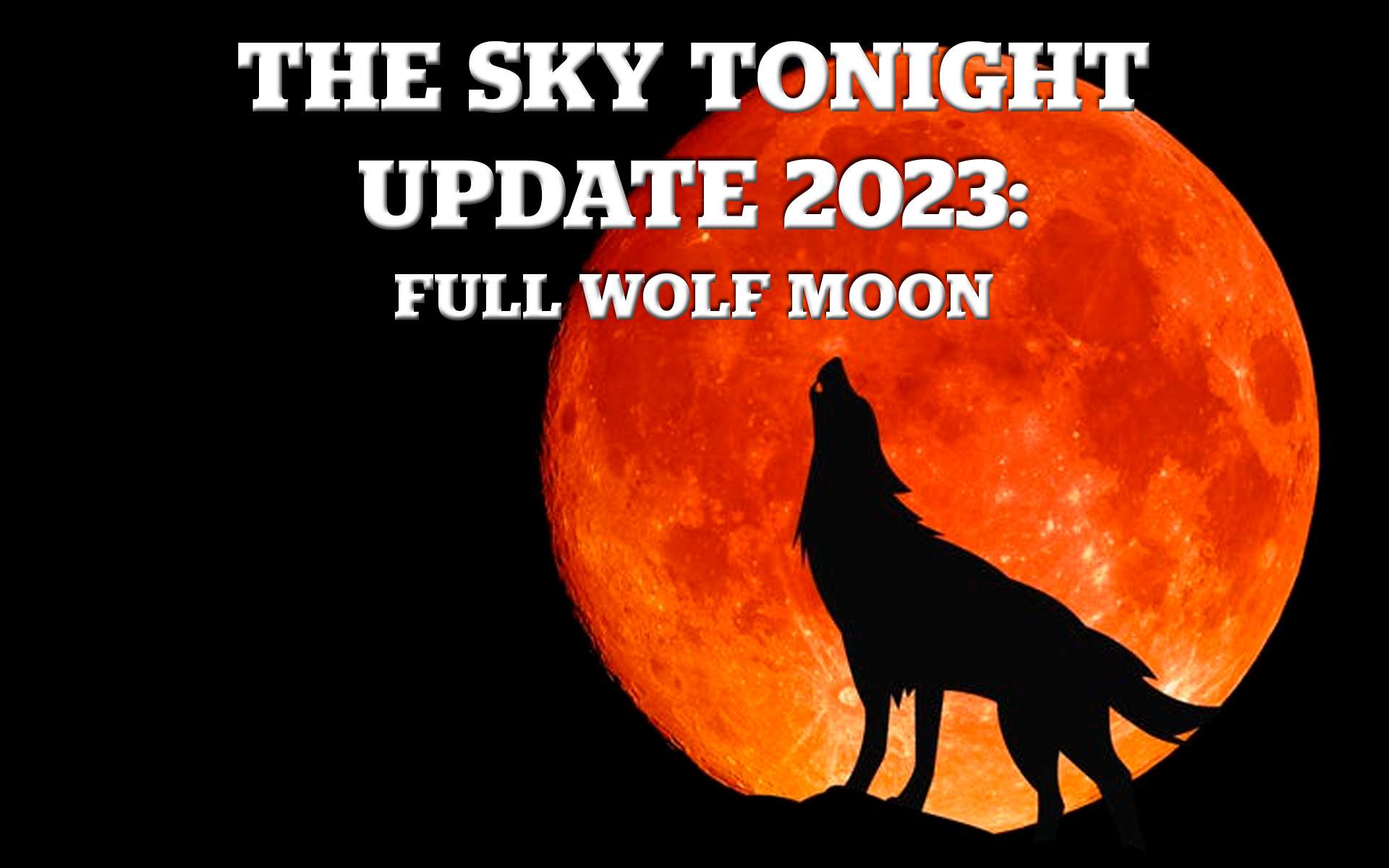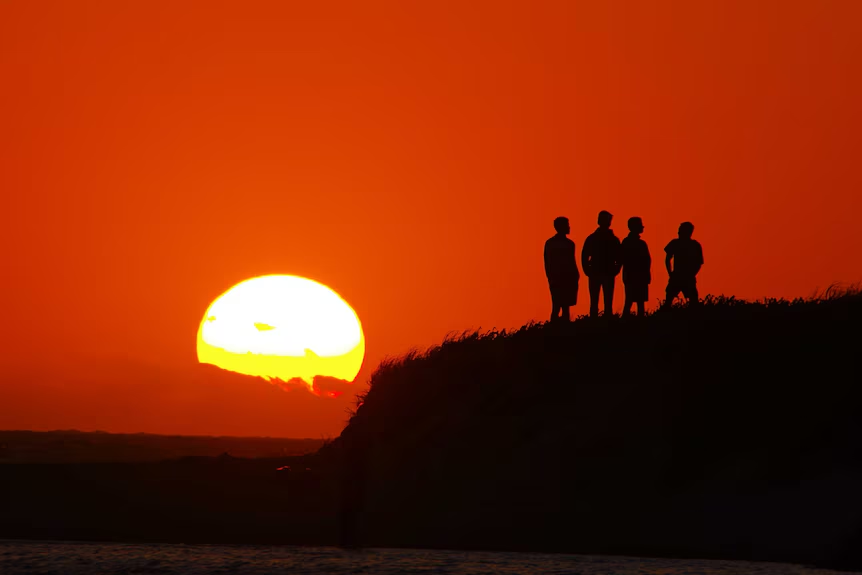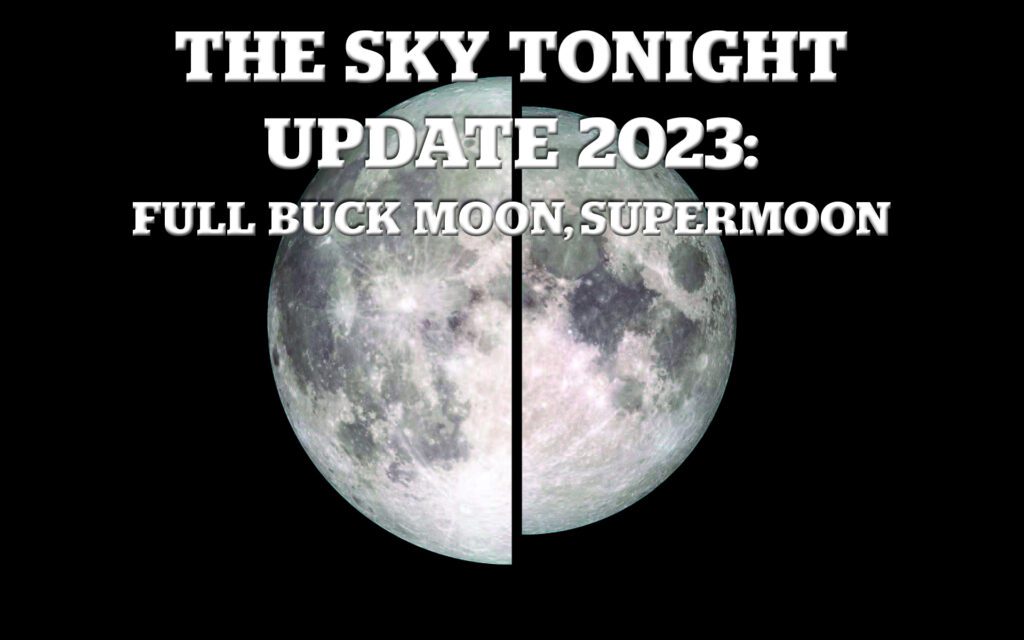The Moon will be located on the opposite side of the Earth as the Sun and its face will be fully illuminated. This phase occurs at 23:09 UTC (5:09 PM, Central Time). This full moon was known by early Native American tribes as the Wolf Moon because this was the time of year when hungry wolf packs howled outside their camps.
It was traditionally believed that wolves howled due to hunger during winter, but we know today that wolves howl for different reasons. Howling and other wolf vocalizations are generally used to define territory, locate pack members, reinforce social bonds, and coordinate hunting.
This moon has also been known as the Old Moon and the Moon After Yule.
January’s full Moon is a “Micromoon” this year. Think of this term as the opposite of a “Supermoon.” It simply means that the full Moon is at its farthest point from Earth. In astronomical terms, we call this “apogee.” Specifically, January’s Micro full Moon is about 252,600 miles from Earth.
Why is the Moon nearer or farther from Earth? Simple: The Moon orbits Earth in an elliptical path. One side is nearer to Earth and one side is farther. This distance does affect the Moon’s size and brightness, although it’s probably not that visible to the naked eye. The perceived size of the Moon from Earth is more related to the “Moon Illusion” and how close the Moon appears to the horizon; in this case, it’s high above the horizon so it may not appear to loom over us the way it appears when it’s near the horizon.























